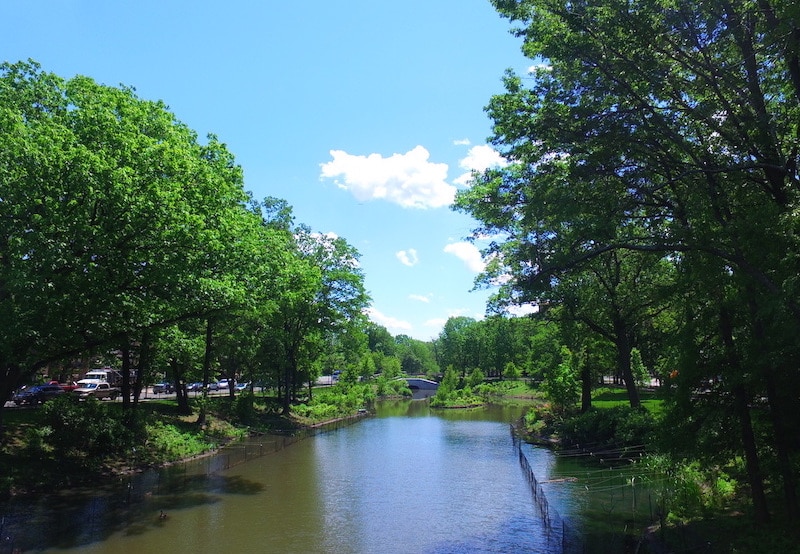Charter was awarded the $36.5M Muddy River Flood Risk Management and Restoration Phase 2 Project by the US Army Corps of Engineers, New England District, following the Corps evaluation of five proposals submitted in August of 2019.
Historically, the area surrounding the river has been impacted by substantial flooding events, causing damage to businesses, leading to road closures and impacting MBTA service. We completed Phase 1 of the project in November 2016, and it addressed primary flood risk by daylighting the river and completing needed culvert, roadway, and infrastructure improvements. It was a great opportunity for us to demonstrate Charter’s ability to execute large-scale, complex, multi-scope projects to the satisfaction of multiple stakeholders while enhancing the environment and surrounding community. Phase 1 restored the original vision of designer Frederick Law Olmsted to a vital portion of the Emerald Necklace in the heart of Boston.
Phase 2 has thirteen independent work areas along the Muddy River between Leverett Pond and Boylston Street. Over the next three years, construction work in this densely populated area includes managing vehicle and pedestrian traffic around the work areas and removal of sediment and invasive species from the river. Monitoring and control of river water levels will be critical during dredging. Dredged sediment will be stabilized and transported off-site for disposal, and disturbed areas of the park will be restored with plants, shrubs, and trees and then maintained over a multi-year period.
“It’s a great honor to have been selected for the Muddy River Phase 2 contract and continue our Team’s Award-winning Phase 1 work. The complete restoration of the Muddy River exemplifies our company’s mission to safely and successfully execute complex, highly visible projects that positively impact the natural and built environment to the benefit of the broader community.” – Bob Delhome, Charter President
To be successful, Charter’s coordination and sequencing of the work will require effective communication with multiple stakeholders, careful and continuous planning, and the use of innovative approaches to minimize disruptions.
Back to all